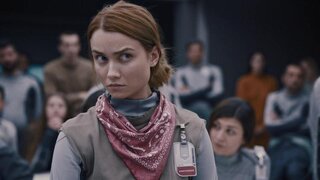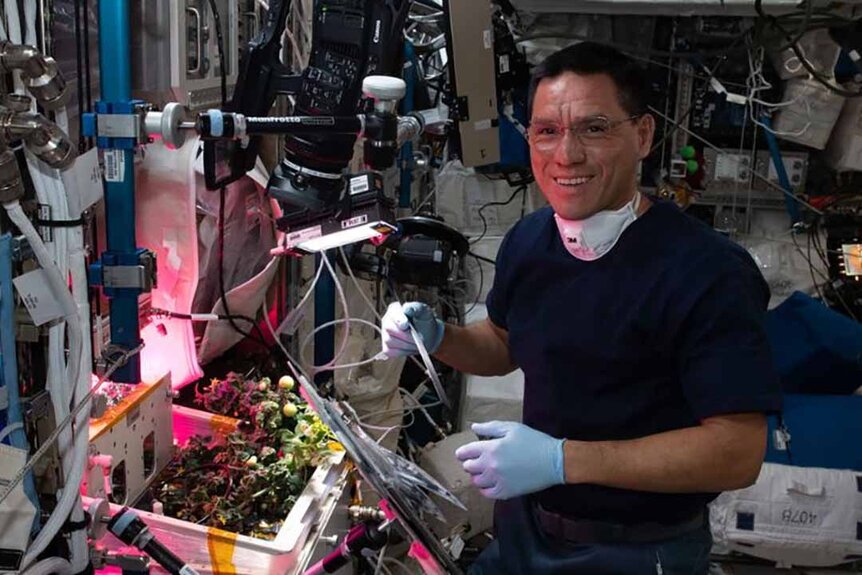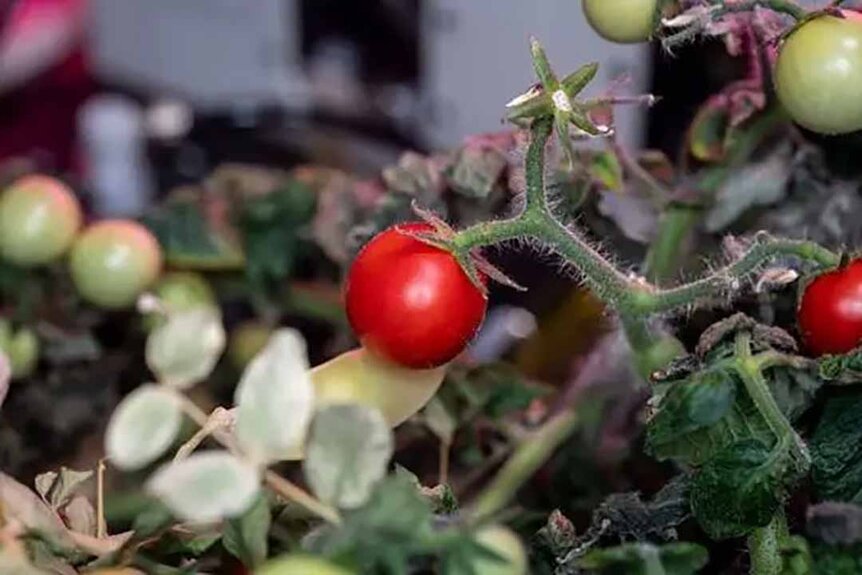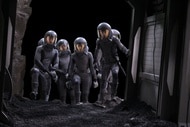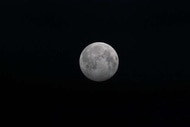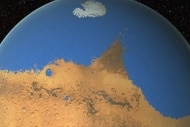Create a free profile to get unlimited access to exclusive videos, sweepstakes, and more!
Lost in Space: The Case of the Missing Space Station Tomato
Astronaut Frank Rubio is owed several apologies and one tomato.
A century in the future, the crew of The Ark (streaming now on Peacock) boards a ship to Proxima centauri, 4.2 light-years from here. Even with their advanced technology the trip will take years, so they tuck everyone away in stasis pods to sleep through the journey. Unfortunately, things go horribly wrong and some of the crew is lost, the remainder are awakened with a year left on the clock. Questions like what everyone is having for breakfast suddenly become matters of life and death.
RELATED: International Space Station Destined for Point Nemo, the World's Spaceship Graveyard
Here in the present day real world, we don’t have to think too hard about how to feed our astronauts. Not yet anyway. Trips to the Moon are short enough that you could pack a cooler with all the food you would need. Hanging out in low-Earth orbit aboard the International Space Station (ISS) means you can rely on regular resupplies from Earth. But going someplace farther means figuring out how to make at least some food along the way. Which is why astronauts aboard the ISS have been growing experimental gardens for years.
Astronaut Frank Rubio Helped Grow Tiny Tomatoes, Then Lost One
It's not quite as simple as taking some seeds, popping them in some dirt, and waiting. Plants are impacted by the environment of space in unexpected ways. Perhaps even more than us, plants are dependent on the Earth, and growing them elsewhere isn’t easy. Moreover, we want to have a good understanding of how microgravity and increased exposure to radiation might impact our space crops before we start sending people into the unknown.
NASA’s Veg-05 experiment was focused on growing red robin dwarf tomatoes inside the space station’s Vegetable Production System, commonly called Veggie. After 100 days of growth, the tiny tomato plant was harvested, and samples (tomatoes) were handed out to each of the astronauts in plastic baggies. The final part of the experiment was apparently to eat the spoils of their hard work. Unfortunately, astronaut Frank Rubio’s tomato disappeared without a trace.
At least, that’s what Rubio claimed. His station mates, however, insisted that he ate the tomato, and the back and forth became something of an inside joke during Rubio’s final days on-station.
Space Tomato Found, Rubio’s Name Cleared
Rubio first spoke about the missing tomato during a livestream celebrating his record-breaking tenure aboard ISS. Rubio currently holds the record for the longest stay in space by an American astronaut. NASA’s Deputy Administrator Pam Melroy asked Rubio point blank if he ate the tomato and, after a couple of seconds transmission delay, Rubio broke out in free-floating laughter.
“I don’t know who put you up to that. I did not eat the tomato; I wish I had at this point… I spent so many hours looking for that thing,” Rubio said, speaking from aboard ISS. “I’m sure the desiccated tomato will show up at some point and vindicate me years in the future.”
RELATED: Astronaut Frank Rubio Sets Record for Longest Space Mission by U.S. Astronaut
Luckily for Rubio, he didn’t have to wait quite that long for absolution. Another live event from the station on December 6 — celebrating the 25th anniversary of the Zarya module joining with the Unity node — brought the vindication he was seeking. NASA astronaut Jasmin Moghbeli made the important announcement toward the end of the proceedings.
“Well, we might have found something that someone had been looking for, for quite a while. Our good friend Frank Rubio who headed home has been blamed for quite a while for eating a tomato, but we can exonerate him,” Moghbeli said. “We found the tomato.”
The smart money says he put it in the crisper drawer and forgot about it. That’s how we lose our tomatoes.
Catch the complete first season of The Ark, streaming now on Peacock.
